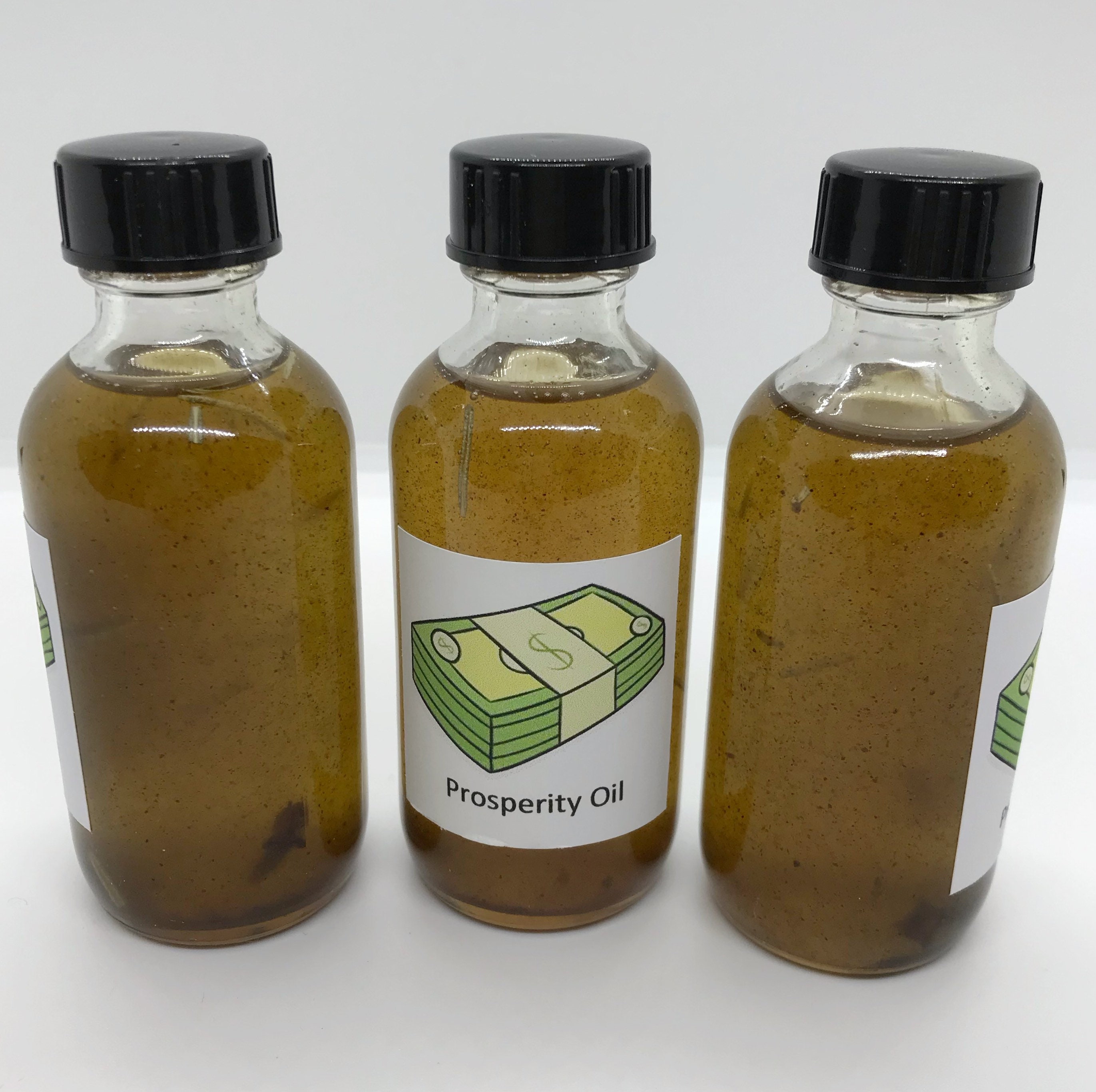

According to ADQ, 3 it is estimated that US$200 billion of investment is required annually until 2050 to meet the GCC food supply and demand gap. While there are clearly tremendous challenges facing the Gulf region as it seeks to achieve food security, there are also significant opportunities for investment. 2 In addition, production, storage and transportation of locally cultivated produce is still very inefficient. Of note, despite the bold and ambitious policymaking and programming, the GCC is still on average only 31% food secure.

These programs are critical to food production in the region due to the arid and inhospitable climate in the GCC, as well as the lack of fertile land.Īlthough the food and agriculture sector in the GCC is transforming due to innovation and state-sponsored policies, the change is slow and many challenges remain. In addition, initiatives like seawater harvesting, soil improvement techniques, microalgae production and groundwater conservation have all played a part in improving food production. Member countries have been sponsoring and funding research and development of new and innovative farming technologies, such as drip irrigation, vertical farming, hydroponics, aeroponics and aquaponics. In recent years, countries in the GCC have established ambitious food sustainability and security programs aimed at improving food production in the region. GCC states are in fact pushing the policymaking envelope with programs to address sustainability challenges, in areas such as carbon emissions and food security. In our view, this is a misconception, particularly as it pertains to the “E” in ESG. Thus, GCC states are thought to be behind the curve in terms of applying environmental, social and governance (ESG) best practices. They tend to associate GCC bonds with volatile oil prices, or worse, volatile geopolitics. I have often observed that investors have a fundamental misunderstanding of the risks in the GCC region. They built sophisticated greenhouses that could yield more produce per square meter than the best farms in the Netherlands, doing so with a fraction of the water other processes require.īefore we get to the story of tomatoes and what they mean for future investing opportunities in the Gulf Cooperation Council (GCC), 1 let’s talk about the evolution underway in the region, and aspects of change that may not be fully appreciated by the world. He and his partners, using controlled environment agriculture (CEA) technology, successfully recreated a Mediterranean climate in the middle of the desert in Abu Dhabi. As fate would have it, a few weeks later, an accomplished entrepreneur with a background in technology walks into our offices pitching an opportunity to participate in an equity raise for a venture he was pursuing. Anything comparable grown locally is likely the product of hydroponic farming, as was the case with the delectable tomatoes we had been enjoying. Given the harsh climate and arid conditions surrounding Dubai, most fruits and vegetables consumed in the region are imported. In recent months, my family has been buying delicious fresh from-the-vine tomatoes. The following is an excerpt from the Institute’s recent paper, “ Food innovation: Investing to feed our future.”


 0 kommentar(er)
0 kommentar(er)
